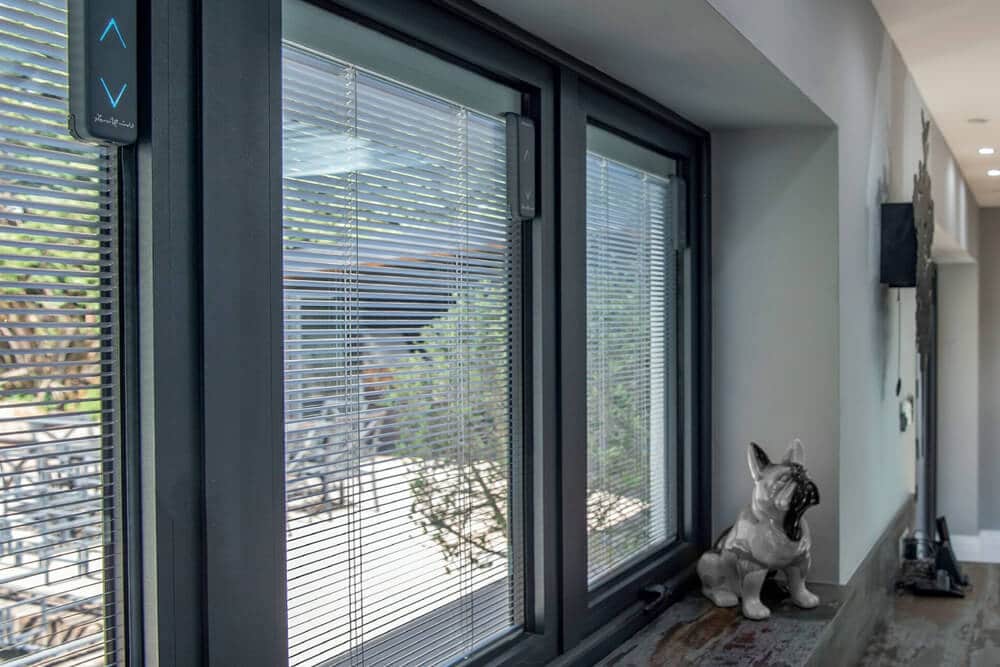 Australian sights can be some of the most delightful in the world. From shiny city skylines of majestic skyscrapers to a nature lover’s dream with beaches and greenery, there’s a lot to see through your home’s windows.
Australian sights can be some of the most delightful in the world. From shiny city skylines of majestic skyscrapers to a nature lover’s dream with beaches and greenery, there’s a lot to see through your home’s windows.
However, the Australian climate can be a spectacle of the extremes, particularly around Melbourne. The weather can change on a whim, and you might experience all sorts of different weather conditions in a single day.
While at home, these changes in weather and natural lighting can be frustrating, which makes light-controlling window treatments a must. A simple, practical, and low-maintenance option is to invest in integral blinds. In this post, we take a look at what integral blinds are and how you can incorporate them into your home.
What are Integral Blinds?
Blinds have been some of the most common window accessories for decades, perhaps only second to curtains in popularity. With blinds, you can easily control the degree of light coming in and enjoy some privacy when the indoor lights are on. The most common style of blinds is the Venetian model, which features horizontal slates that tilt as you operate the closing mechanism.
Integral blinds are like regular Venetian blinds, except that they have been encased between two glass panes. Simply put, integral blinds are built-in blinds enclosed within the window. This style of blind is more practical, easier to maintain, and more elegant than the blinds hanging along the inside of the window. They are also a great example of sustainable house design, as they reduce the radiating heat coming indoors.
Some of the other advantages of built-in blinds include:
- Low upkeep costs as they are enclosed between the windows and much less exposed to dust and dirt.
- Smooth to operate, and you will entirely avoid issues like bent slates, tangled chords, and having the blinds hang on one side only.
- Modern integral blinds have motorised closing systems that you can operate with a remote control or even your smartphone.
- Effective temperature control as they block sunlight and provide shade with the turn of a switch.
The beauty of this window feature lies in its simplicity and practicality. Moreover, you can also choose from different styles and colours, although the variety is not as great as when purchasing windows and blinds separately.
Another thing to consider, especially in Australia’s climate, is the energy efficiency of your windows. Integral blind windows cannot feature insulated gas together with the blinds, but your window could have an additional glass panel that provides extra insulation. You might also want to consider UV blocking window filters and other additions to your windows.
Are Integral Blinds Expensive?
Depending on the size of your windows, the performance you want from them, and the grade you choose, integral blinds can get expensive, costing around $300 – $500 per window. However, their advantages will outlast their cost, and they will prove to be a good investment for your home.
If you’re looking to incorporate sustainable house design into your property with integral blinds, get in touch with Australian Heritage Homes today! Our team of building contractors in the Melbourne area has been serving the local community for over three generations, and we’re sure to meet your every need.
*Image Source: IDSystems